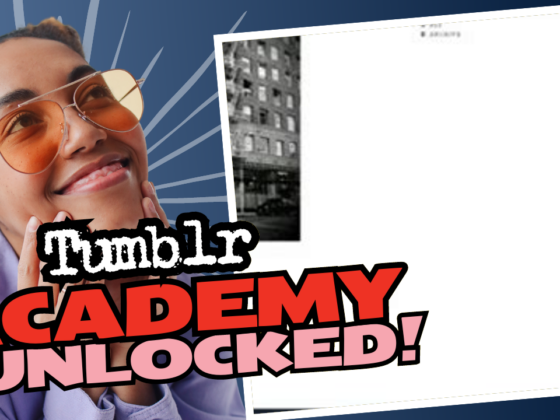The Gist of Turkish Identity and Race: A Wild Ride
Ah, the question of whether Turkish people are POC (People of Color) or white on Tumblr! You might as well get a front-row seat for a cultural rollercoaster because the twists and turns of identity are real, folks. Buckle up!
First off, let’s acknowledge that Turkey is like a human kaleidoscope! 🌈 With a history steeped in the Ottoman Empire, which was a veritable melting pot of cultures – from Greeks to Armenians, from Arabs to Kurds – it’s a bit of a fool’s errand to categorize Turks into neat little boxes, especially not according to Western racial classifications.
“We’re just Turkish,” say many. It’s like they’re waving a magic wand and poof, race becomes an abstract concept. Rooted more in the unique blend of civilizations than arbitrary labels, Turkish identity stretches beyond skin color. In fact, it’s less about “Are we white?” or “Are we POC?” and more about a grand tapestry of ethnicity and culture.
- Pale with Blue Eyes: Some Turks might don Nordic looks that would turn heads in Scandinavia!
- Sun-Kissed and Tanned: Others sport that Mediterranean glow, thriving in their brown skin.
- Full Spectrum: Yes, even the Afro-Turks are part of this mélange, challenging any black-and-white (or should we say *white and non-white?*) narrative.
The real kicker? This identity chaos is compounded by how identity is perceived in the U.S. You could be a Turkish person with light skin who gets difficulty navigating the social construct of race there. “Wait, you’re Muslim? So, you’re not white?” they might exclaim, scratching their heads in confusion. Go figure!
When discussing identity, many Turks assert that the concept of “whiteness” is rooted in socio-economic status rather than just pigmentation. “Ah, the irony!” While many may argue that whiteness equates to western notions of race, most Turkish individuals regard themselves as part of humanity—regardless of the color crayon used to draw them on a social chart.
“We don’t have problems like that to even think about it. We just see everyone as humans.”
Furthermore, if you were to ask a Turkish person how they perceive themselves, you might hear “Eurasian” or simply “Turkish,” illustrating their cultural pride with little regard for societal labels. The distinctions grow tiresome; it’s exhausting after a while to split hairs over shades when, at the end of the day, we’re all just trying to get by without losing our minds over race classifications.
Just to add some spicy dialogue to the mix, some users humorously say, “I’m white during the winter and brown during the summer”—a cheeky take on how tan levels can seemingly dictate one’s racial identity. It’s essentially a game of identity musical chairs set to the tune of temporal variations.
So, what’s the bottom line? Turkish identity defies neat categorization and engages in a playful dance around concepts like race and ethnicity. Yes, there is diversity, but don’t lose sight of the fact that being Turkish trumps its racial nuances.
In conclusion, if you’re feeling lost in the sea of identity and racial classifications, fear not! Whether you’re debating this on Tumblr or chilling with friends, just remember: it’s all about being Turkish, not just white or POC. And, should you wish to delve deeper into the treasure trove of Turkish identity or need further insights about it, stay connected with us! We’re here to help and explore together this delightful conundrum.









